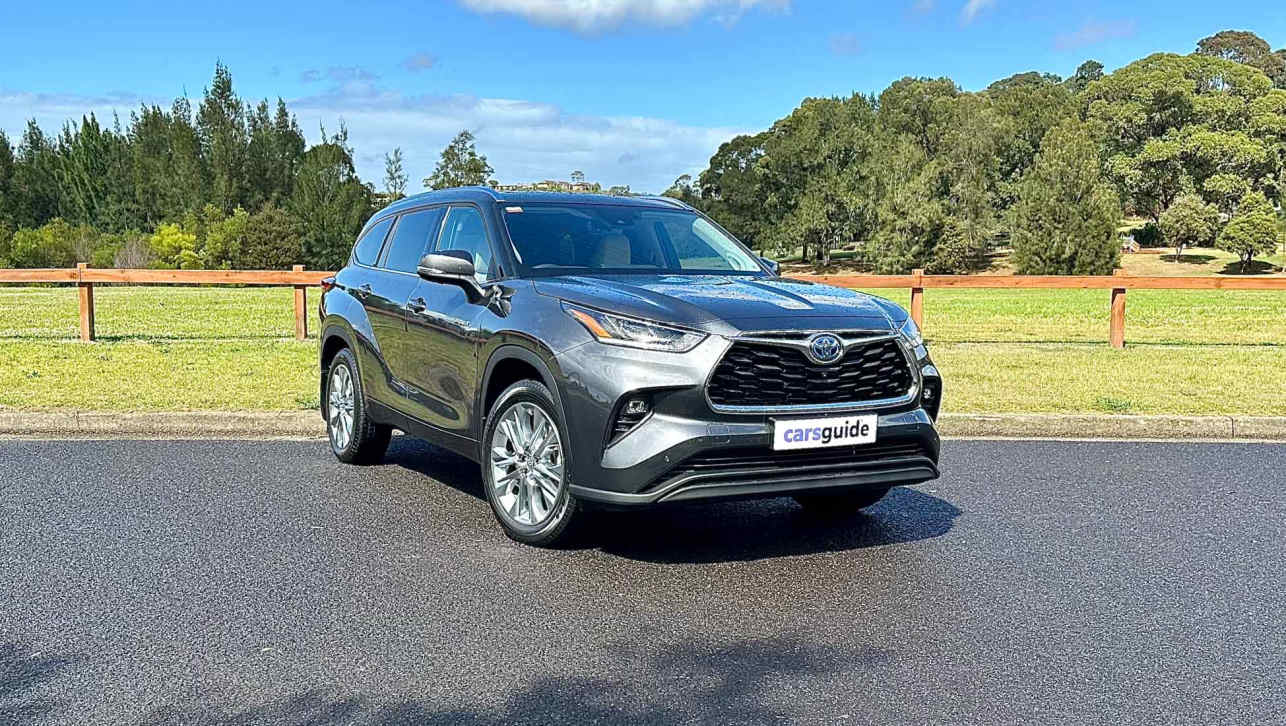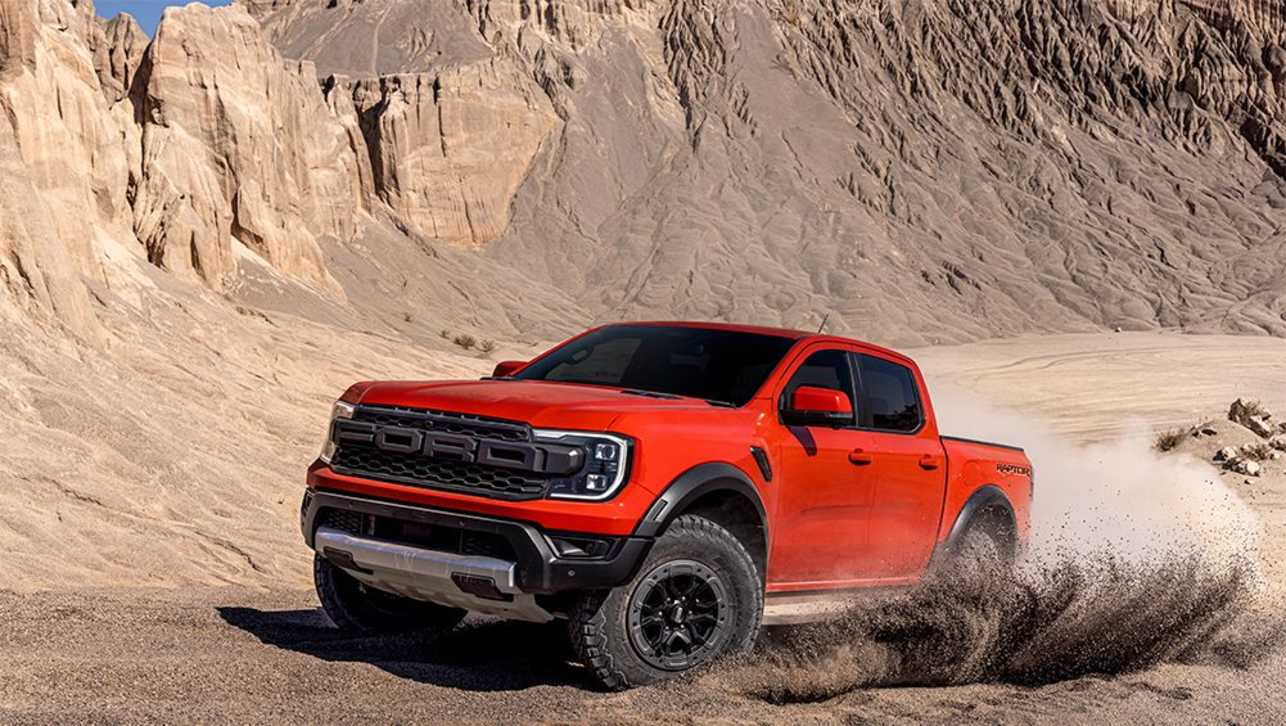Long-awaited sub-RAV4 Toyota SUV to arrive in Australia in early 2017.
Even though it essentially invented the genre, Toyota has been lagging behind in the SUV stakes for a few years, as its rivals rampage away with the compact SUV marketplace.
Cars like Mazda’s CX-3, the Mitsubishi ASX and Nissan’s Qashqai have claimed more than seven per cent of the local SUV market, despite only having been on sale for a couple of years. SUVs now account for almost 40 per cent of all new cars sales.
Toyota’s RAV4 almost single-handedly invented the concept of a small SUV back when it was launched in 1994, but it, along with rivals like the Subaru Forester, have steadily expanded over ensuing generations.
Now, though, Toyota is set to strike with one of the edgiest, most contemporary designed it’s ever done for a mainstream vehicle.
The C-HR was previewed at the Geneva Motor Show early this year, looking for all the world like a concept study. No, says, Toyota – this actually is the production version.
The C-HR is aimed straight at the new generation of younger, less engaged car buyer.
It’s an interesting move from the world’s biggest car company. Sure, its got form with quirky cars – take the Rukus and the FJ Cruiser as recent examples.
Its bread and butter, though, are appliance-reliable devices that just work, like the Corolla and the HiLux. The Rukus, while functional and head-turning, never took off, though the FJ was a surprise sales hit.
The C-HR is aimed straight at the new generation of younger, less engaged car buyer, with edgy looks and (we’ll bet) a focus on convenience and connectivity in its basic specs.
Built atop the same new flexible TNGA platform that also underpins the new Prius, Toyota Australia says the C-HR will go on sale in Australia in early 2017.
Toyota says it’ll be positioned between the Corolla hatch and the RAV4. It measures 4350mm long, 1795mm wide, 1550mm high and sits on a 2640mm wheelbase.
The first version to lob Down Under will be powered by Toyota’s relatively new 1.2-litre turbocharged four-potter that produces 85kW and 185Nm of torque, and which has not yet been seen in an Aussie Toyota.
Reports from overseas suggests that this particular engine isn’t suitable for hybridisation, so don’t expect to see a battery-augmented version of the C-HR any time soon.
The small engine will back both front-and all-wheel drive underpinnings, while both manual and automatic transmissions will be offered.
Official interior images of the tiny four-door SUV have been released, showing off a super contemporary space with an emphasis on the driver.
Our verdict? It looks pretty bloody good.
There’s high centre console and a centre stack that points towards the pilot, with a one-piece dash design that places the small controls at a more user-friendly, flatter angle.
The dashboard itself sports two binnacles that angle in sharply and frame a small central info screen, while the top-spec car featured in the photos sports a plethora of controls on the steering wheel spokes.
A gated gearshifter remains in its traditional spot, with no paddles detectable behind the steering wheel.
The exterior colour can also be brought inside, via the continuous trim line that wraps around the entire front of the cabin. Our verdict? It looks pretty bloody good.
Safety-wise, Toyota says that local models be fitted with a pre-collision system with autonomous braking, adaptive cruise, lane departure warning with steering control, automatic high beam and a reversing camera.
Heated seats, keyless entry and 18-inch rims will also feature.
With its Corolla and HiLux models near the top of the local sales charts, the C-HR will fill a gap in the line up for Toyota, but it will be interesting to see if the deliberately edgy styling wins over its traditionally conservative audience.







.jpg)
.jpg)
.jpg)

.jpg)
.jpg)
.jpg)
.jpg)
.jpg)
.jpg)
.jpg)
.jpg)
.jpg)
.jpg)
.jpg)
.jpg)
.jpg)






.jpg)










Comments